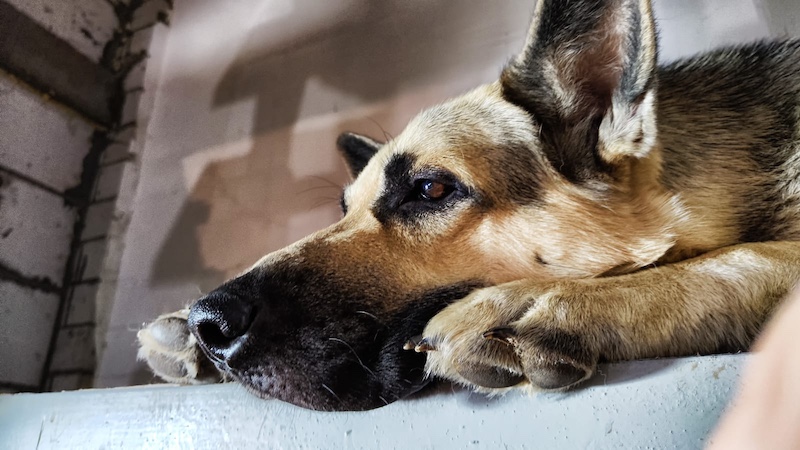Dogs, like humans, can experience periods of sadness or depression. As loving pet owners, it’s crucial to recognize the signs of canine depression so that we can provide the necessary support and care. Depression in dogs can stem from various causes, including changes in their environment, loss of a companion, or underlying health issues. Just as with humans, early detection and intervention are key to helping our furry friends navigate through their emotional struggles. Here are ten signs that may indicate your dog is feeling depressed.
1. Decreased Appetite
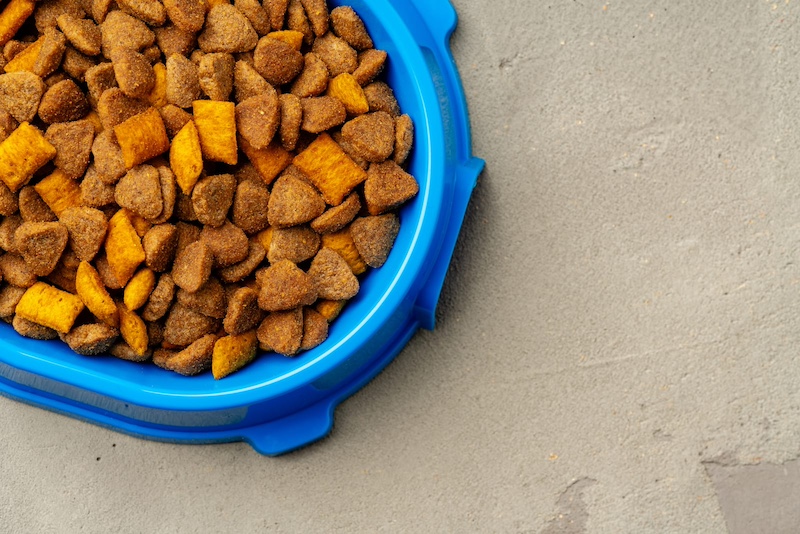
One of the most common signs of depression in dogs is a sudden decrease in appetite. If your dog starts to eat less or completely loses interest in food, it could be a sign that something is wrong. Depression can cause changes in a dog’s eating habits, leading to weight loss and malnutrition if left unchecked.
2. Lethargy and Lack of Energy
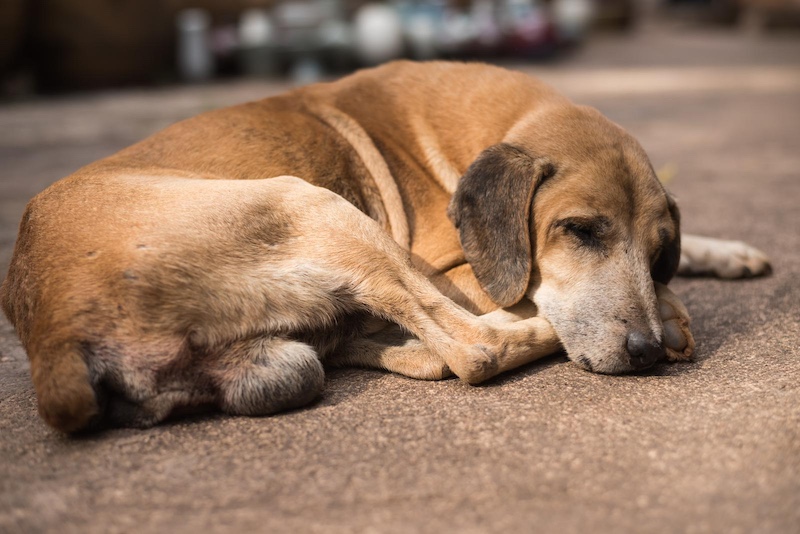
Dogs are typically active and playful, so if your dog becomes lethargic or shows a lack of energy, it might be a sign of depression. A dog who is usually excited for walks and playtime but suddenly prefers to lie around all day could be experiencing emotional distress.
3. Avoidance and Withdrawal

If your dog starts to avoid interactions with family members or other pets, this could be a sign of depression. Depressed dogs may seek solitude and withdraw from their usual activities and social interactions. They might hide under furniture, avoid being petted, or refuse to play.
4. Changes in Sleep Patterns

Depressed dogs often exhibit changes in their sleep patterns. This could manifest as sleeping more than usual or having difficulty sleeping. Both excessive sleep and insomnia can be indicators of depression in dogs.
5. Loss of Interest in Favorite Activities

Dogs with depression might lose interest in activities they once enjoyed. If your dog no longer shows enthusiasm for walks, playing fetch, or other favorite pastimes, it could be a sign that they are feeling down.
6. Excessive Licking or Chewing
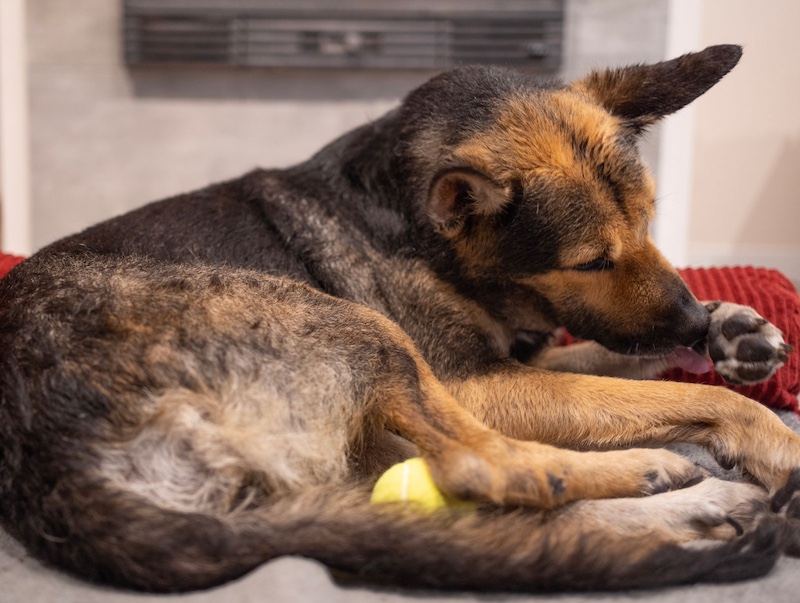
Some dogs exhibit repetitive behaviors such as excessive licking or chewing when they are depressed. This behavior can be a form of self-soothing but can also lead to physical problems like sores and infections.
7. Changes in Vocalization
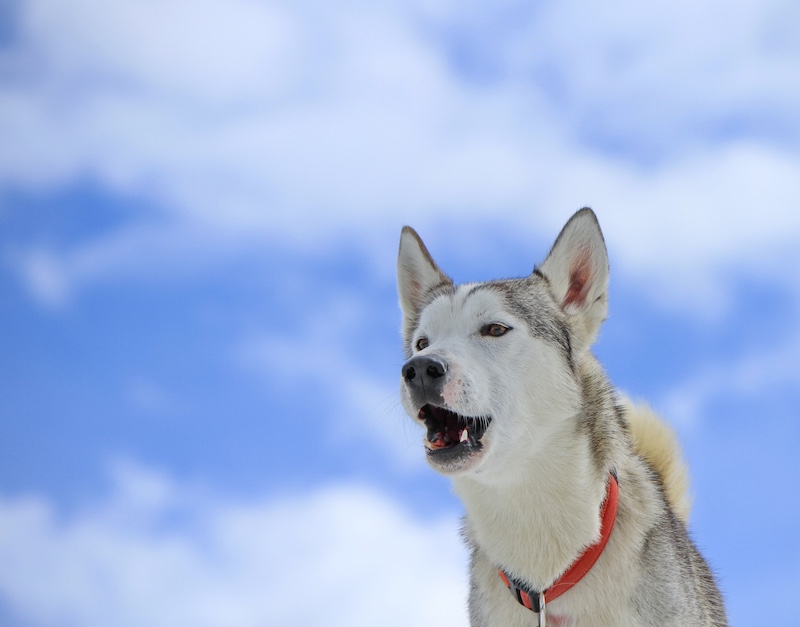
A depressed dog might vocalize differently. This can include increased whining, howling, or barking without an apparent reason. Alternatively, a normally vocal dog might become unusually quiet.
8. Aggression or Irritability
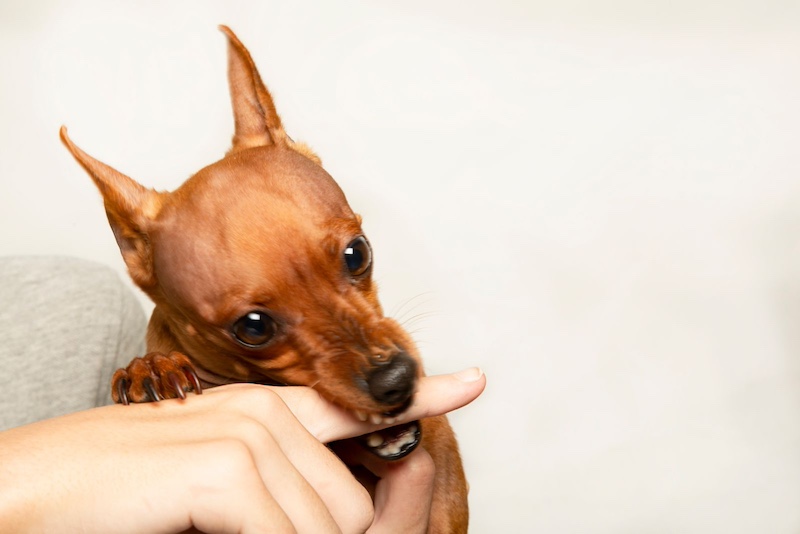
Depression can sometimes cause changes in temperament. A normally friendly and gentle dog may become irritable or aggressive. If your dog starts to snap, growl, or show other signs of aggression, it could be due to emotional distress.
9. Increased Shedding

Stress and depression can affect a dog’s coat, leading to increased shedding. If you notice a significant change in your dog’s fur quality or an unusual amount of shedding, it might be worth considering their emotional health.
10. Physical Symptoms
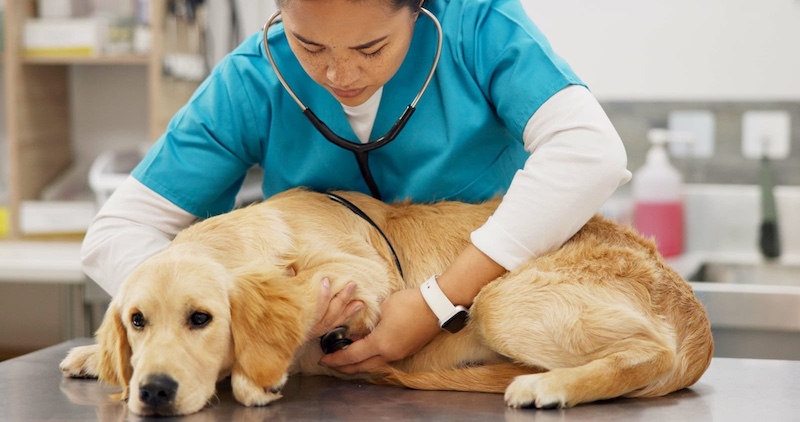
Physical symptoms such as gastrointestinal issues (like diarrhea or constipation), changes in weight, and a dull coat can also be indicators of depression. It’s essential to rule out medical conditions first, but if no physical cause is found, these symptoms might be related to emotional distress.

